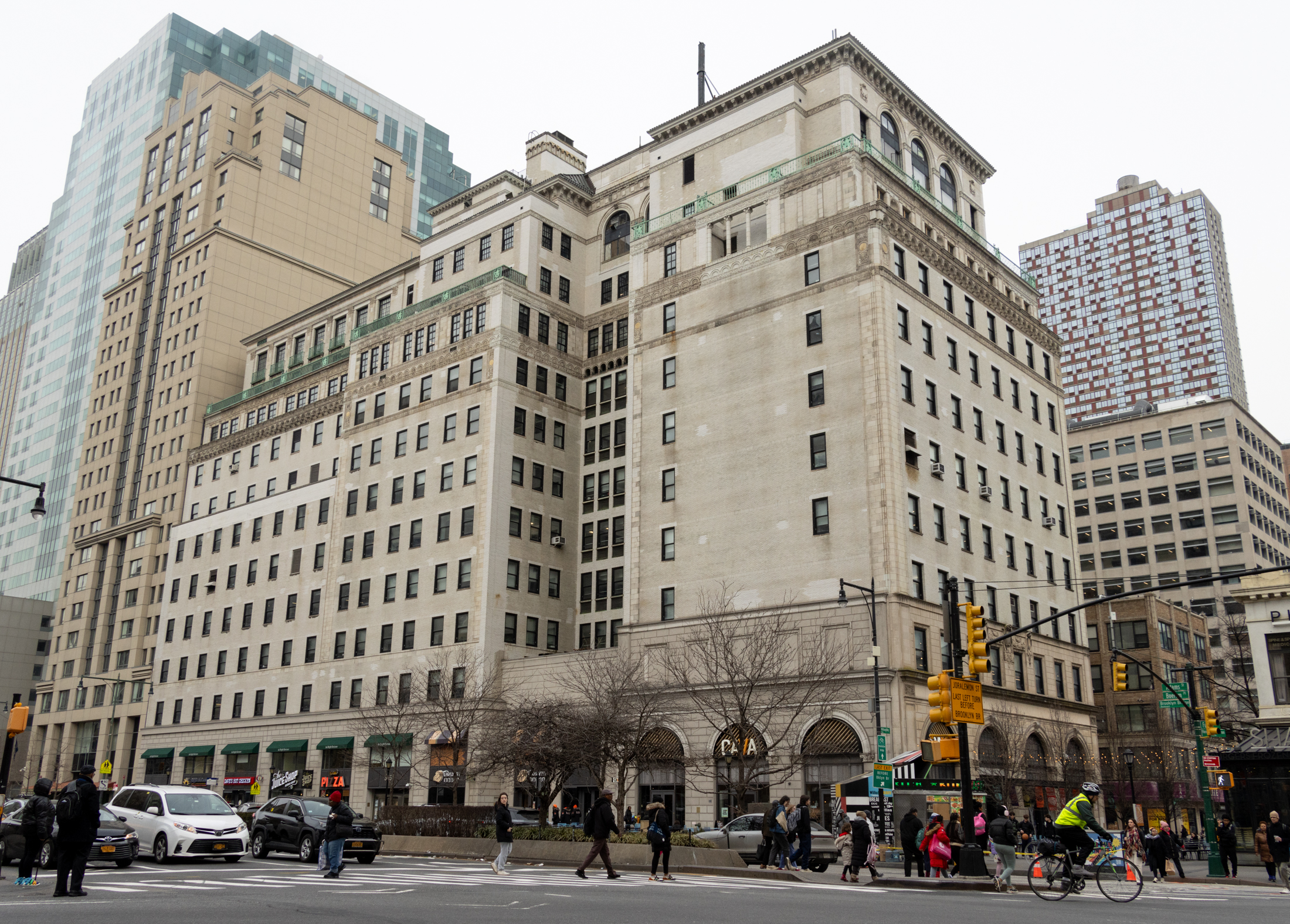Building of the Day: 227 Front Street
Brooklyn, one building at a time. Name: Originally “Constitution” Engine Co. 7, Volunteer Fire Dept.; then Engine 8, BFD; now residential Address: 227 Front Street Cross Streets: Bridge and Gold Streets Neighborhood: Vinegar Hill Year Built: 1870-71 Architectural Style: Italianate Architect: Unknown, 1903 expansion by H. W. Billard Other Work by Architect: Billard – small…

Brooklyn, one building at a time.
Name: Originally “Constitution” Engine Co. 7, Volunteer Fire Dept.; then Engine 8, BFD; now residential
Address: 227 Front Street
Cross Streets: Bridge and Gold Streets
Neighborhood: Vinegar Hill
Year Built: 1870-71
Architectural Style: Italianate
Architect: Unknown, 1903 expansion by H. W. Billard
Other Work by Architect: Billard – small projects here and there, with at least one in Williamsburg.
Landmarked: Yes, part of Vinegar Hill HD (1997)
The story: This building was built by the Fire Department of the City of Brooklyn around 1870-71 and is on the site of one of the city’s oldest firehouses. Engine Company number 7 started out as a volunteer fire company in 1828, taking as its motto, “The Constitution and the Union Forever.” They were first located on Hudson Street, near Front Street. They later moved to the south side of Front St, between Bridge and Gold, and then to this location.
This new firehouse must have been a perfect place for them to show off their two year-old “piano box” engine, a marvelous machine with a mahogany box with rosewood panels. The box was embellished with carvings and gilt work. According to the “History of the Brooklyn Fire Department”, written in 1892, “the arms were of polished steel, and the wheels blue, striped with gilt. There were paintings on three sides of the condenser-case, in oval panels, 22 x 20 inches. Attached to the engine was a neat tender, carrying eight lengths of hose; she was named “Independent.”
According the that same source, the fire company ceased being a volunteer company in 1869, and many of the volunteers joined the Brooklyn Fire Department. It was at that time that this firehouse was built for them, on the site of the old one. Though the LPC report says differently, and dates the building for 1855, two different fire department sources seem to confirm this later date for the building. The original building, the one this replaced, appears to have been built in 1855.
The Brooklyn Fire Department was absorbed into the New York City Fire Dept. in 1898, when the city was consolidated into Greater New York. This attractive Italianate building was still active as a firehouse in this now mixed, industrial and residential neighborhood, and now was now Engine 108.
In 1903, the city hired architect H.W. Billard to expand the doorway and extend the rear of the building in order to accommodate the newer fire-fighting equipment of the day. He probably removed the Italianate brackets on the lower windows and simplified the lines when he expanded the doorway. The building was an active firehouse, designated Engine 208 from 1913, until it was decommissioned in 1976. The building was sold and converted to residential use that same year.
Although we don’t know who designed this building, they were good. It’s a handsome building with elegant details. The wooden cornice is quite fine, and has been well maintained as have all of the other features of the building. Of special note are the brick arches around all of the upper story windows, topped off with brownstone keystones, enhanced in the center by a two-story arch that creates a double arch around the two center windows. The keystone above the top floor window is larger, capturing both arches. The result is quite pleasing, and rather ahead of its time, design-wise. Although the door was changed and lower windows simplified, the design still is quite beautiful, and it’s easy to see why this building was snapped up for residential use very quickly. GMAP
(Photo: bridgeandtunnelclub.com)












What's Your Take? Leave a Comment